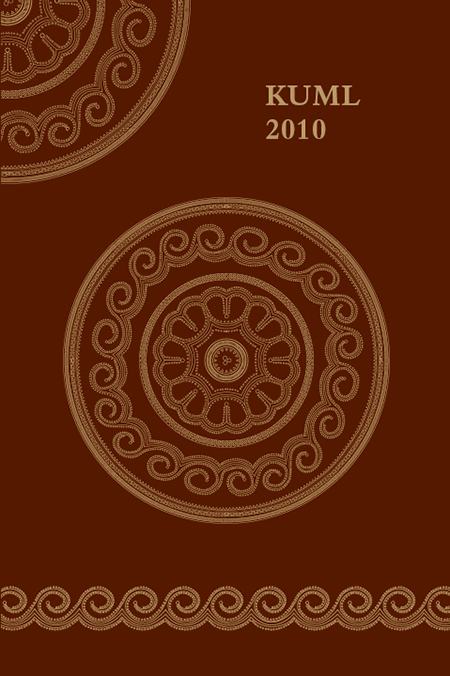Kvaderstenskirker mellem Viborg og Randers – Et bygningsarkæologisk studie
DOI:
https://doi.org/10.7146/kuml.v59i59.24534Nøgleord:
kvaderstenskirker, bygningsarkæologiResumé
The medieval churches of Sønderlyng and Middelsom districts
In 12th century Jutland, a tradition developed of building churches of granite ashlars. In the northern part of the peninsula, the main inspiration for this came from the cathedral in Viborg, construction of which began just prior to AD 1150 and continued until completion during the first decades of the 13th century. In this article, the author attempts to identify similarities and differences in this building method by way of a buildings archaeological survey of 29 churches within a restricted geographical area comprising Sønderlyng and Middelsom districts, which are located just east of Viborg (fig. 1). An assessment has also been undertaken of the originality of the individual standing monuments. This is also based on the above-mentioned observations, together with information from the relevant archives. The methods applied have been developed with the aim of describing and comparing the basic features of Romanesque ashlar churches, such as their ground plans, plinths, dimensions, course heights, windows and portals (figs. 2-7, 9, 15). The most recent account of a group of Romanesque ashlar churches from 1942 deals with the churches in Thisted county and has, to some extent, been compared with the results of the present study.
These results show that considerable parts of the masonry have been re-laid as a consequence of the extensive repairs and restoration work carried out across the country during the late 19th century. These were executed mainly on south-facing walls, leaving the majority of the original church wall sections to be found on their northern sides. The results also demonstrate that certain norms and regulations prevailed in early church building within the study area. The ground plans were laid out according to certain proportional principles, and the heights of the ashlar courses heights decreased upwards. A church with an apse would be provided with richer decoration in the form of, for example, profiled plinths and cornices and columned portals of various types. One of these types, with six free-standing columns, a particular elaborate architectonic characteristic of the area, is found only on apsed churches. Conversely, apses which were added subsequently can be identified partly through their plainer decorative expression and, in a few instances, by their divergent ground plan.
The artistic details of Romanesque church building in the area show great variation, and it is argued that the finer stonework, such as the Ørum portal (fig. 16), could have been produced in central workshops in the market towns. Furthermore, based on the work of Elna Møller and Jens Vellev, it is pointed out that the original apsed churches and six free-standing columned portals date from the last quarter of the 12th century. However, the distinct portal in Vorning (fig. 14) is probably slightly older.
When compared, a certain pairing tendency can be observed in some of the churches, for example those in Ålum and Tånum. This provides a hint concerning the organisation of early ashlar church building. Compared to the much larger group of ashlar churches in Thisted County, the ground plans of the churches in these two districts are slightly wider, and they are more elaborate architectonically, at least with respect to the portals. Several distinct regional features are thereby recognisable, but it is apparent that there was also a certain degree of cultural exchange between the various parts of Jutland.
Anders Christian Christensen
Horsens Museum
Downloads
Publiceret
Citation/Eksport
Nummer
Sektion
Licens
Fra og med årgang 2022 er artikler udgivet i Kuml med en licens fra Creative Commons (CC BY-NC-SA 4.0).
Alle tidligere årgange af tidsskriftet er ikke udgivet med en licens fra Creative Commons.


